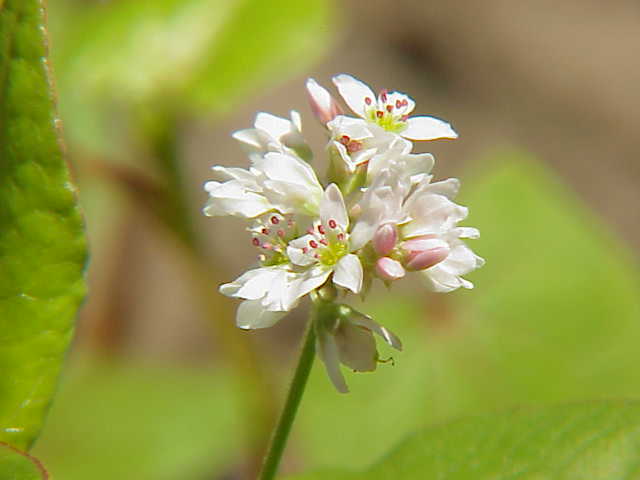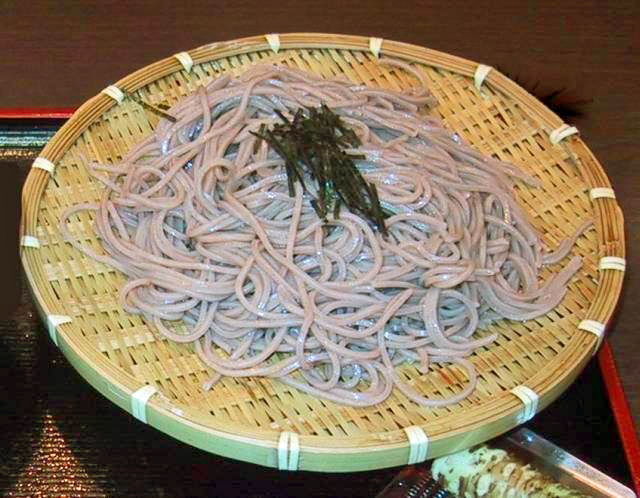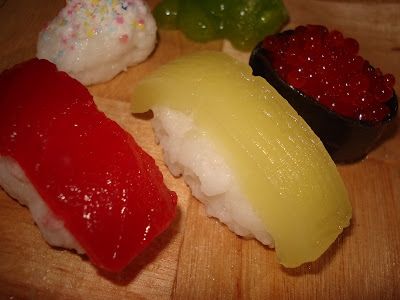Wiki says it the best:
"Even though soba (noodles made from buckwheat) is part of the word, yakisoba noodles are not made from buckwheat, but are similar to ramen noodles and made from wheat flour." So there you have it. They're both delicious, but Soba is going to be the next big thing because of all the health benefits and because of the different ways of preparing it.
Most noodles are made from wheat flour and are very starchy, and stripped of over half of the nutrients in the wheat's natural state. I sometimes feel like it's a waste of eating if it weren't for the veggies, flavors, and other food enhancers around it. Now that I'm a starving student no more, I want more benefits from eating than just filler. I'm also meeting more and more people who can't eat pasta, udon, yakisoba, and other wheat and grain products. This is one "wheat" product that they might want to look into.
Buckwheat are a fruit seed, not a cereal or grain. The name is just plain misleading. Health benefits include lowering cholesterol and high blood pressure, controls sugar levels, strengthens capillary walls, etc. but enough about that, now that you've heard there are benefits, let's get to ways of eating it.

The best way of eating it in the summer is COLD ZARU SOBA! No soup, but a dipping sauce with chopped green onions, and some wasabi on the side. The noodles come boiled and chilled with seaweed flakes on top. Many people enjoy this with tempura on the side. This would be called Ten Zaru. "ZARU" is the word for the bamboo dish that you see it on; it strains the water and ice the soba was chilled in.

My favorite is the Yamakake Soba which has grated Yamaimo on top with a quail egg on top. Yamaimo is a type of yam, but it's quite slimy and is only recommended for adventurous foodies. But I didn't have any Yamaimo on the ready this day, so my summery dish came to look like this. Soba with flakes of seaweed, side of sliced cucumber with miso, side of chopped green onions and wasabi for the dipping sauce. I'm missing the zaru, but when else am I going to use it?

Other delicious ways of eating soba is in a hot soup. Of course there is Tempura Soba, then Kitsune (using fried, sweet soybean curd). In various regions of Japan, they have their own way of preparing Soba. When Japanese people travel, they make sure to eat the flavor of the region. Soba is a dish that is different in many regions in the way they prepare the dish, but also the way they make the noodle. If you're traveling Japan, make sure you find out what the specialties of that region are so you can always try the best food!










